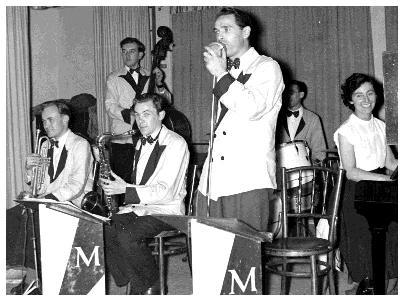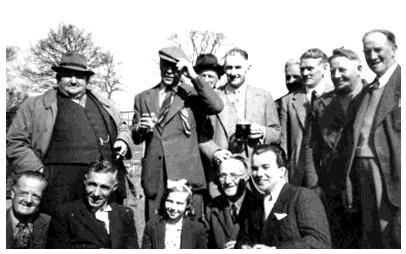
3 minute read
ArundelHistory-snippets
Part I by local historian Mark Phillips
During my research into the history of the town and people of Arundel, I often come across interesting snippets that I note down and put to one side, planning to follow them up in the near future, but rarely find the time to do so. I am sharing these with you today (My fourth article on historic snippets over the past few years) in the hope you will also find them interesting. The town market was held in Maltravers Street until the late 1700s when it moved to a new space in the town square following the demolition of some old shops and houses. In the early 1500s, Maltravers Street was known as Old Chipping Street (meaning Market Street, there are various forms of spelling).This changed to Old Market Street from the late 1500s to late 1700s and the first mention of it as Maltravers Street is not found until the 1830s. Towards the end of the 1700s it had the unofficial name of ‘White Waistcoat Street’, due to the majority of residents living there being professional people and the ‘leisured classes’. Boys from Bognor invaded a dance at St Marys Hall’. Don Ayling, the dance organiser and leader of the Melodaires Dance Band said, ‘A fight started between a sailor, from the nearby Ford Air Station and a stable lad which gave the Teddy Boys the opportunity of making trouble. But several local lads took matters in hand and gave the Teddy boys a good bashing.’ The sailor commented, ‘The stable boy was five foot nothing and without warning, he climbed up my trousers and clipped me under the chin.’ As the Teddy Boys made good their escape, Mr Ayling said that he did not think Arundel would see them again any time soon.
Advertisement
The Arundel Mullets, marbles team - Team supporters and stars at Tinsley Green - 1950
Don Ayling's Melodaires were playing at St Marys Hall. Don with saxaphone seated

In 1950, the Arundel Mullets marbles team, lead by Cyril Wilcock (founder and captain of the team) brought home the World Marbles Championship trophy from the competition that took place at Tinsley Green. In a local newspaper article from May 1977, Duke Miles was quoted as telling the boys of Collyers School in Horsham that he was not in favour of the House of Lords. He went on to say, ‘I got there because an ancestor of mine was involved in murdering the ‘Princes in the tower’. So if you think that gives me the right to sit there then you are up a gum tree.’ The article concluded by saying the late Duke Bernard must be thrashing in his grave. The headline from a local newspaper cutting dated October 1956 refers to a ‘Gang of Teddy In the past 350 years, Arundel has been spelt in more than six different ways on documents and tokens. Examples of this are Arvndell, Arandell, Arondell, Arovndell, Arvndle and Arndell. The first record of a ship being built in Arundel is from 1401 and refers to a ‘balinger’, a light seagoing vessel. In 1522 a naval ship of 90 tons was built and in 1696 an armed cutter the ‘Eagle’ was built. This was armed with 10 guns and weighed 152 tons. The largest recorded ship built in the town was from 1700 and weighed in at nearly 400 tons, although this was quite exceptional. Ship building in Arundel came to an end in the second half of the 19th century. The first main settlement in Arundel was built as an Anglo-Saxon Burh. This was a flat area surrounded by a large bank and ditch along with two defended gateways; the banks were likely to have been topped off with a palisade (a defensive wall built of wooden stakes). This was not in the same location of the present town but on the site of the current castle cricket pitch. The main town came about gradually following the Norman invasion in 1066 and the building of the castle. Part 2 will follow next month.









